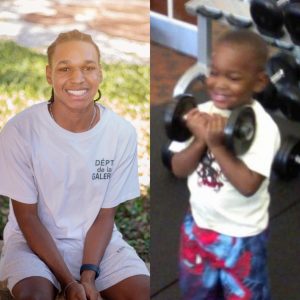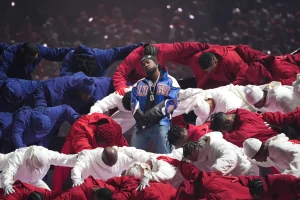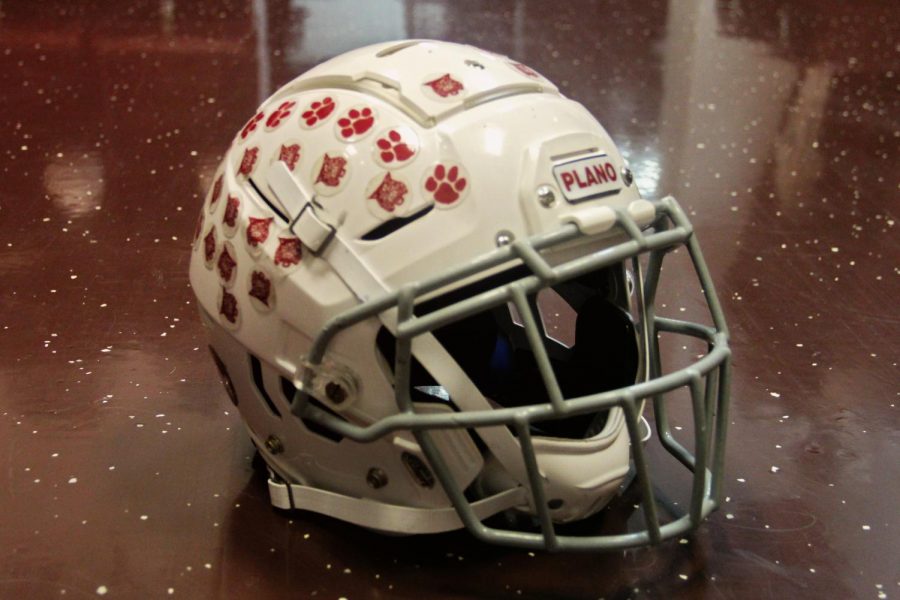Helmet rule cause change
New helmet rule affects high school football
September 25, 2018
New NFL rule changes play at all levels
With the implementation of the NFL’s new helmet rules announced in May, it has not just changed the play of pro football, but changes football played at all levels, including
play for the Plano Wildcats.
“It is a foul if a player lowers his head to initiate and make contact with his helmet against an opponent,” the official NFL rulebook said.
This new rule comes in the wake of Pittsburgh Steelers linebacker Ryan Shazier’s spinal injury he suffered against the Cincinnati Bengals. He suffered the injury by using the crown of his helmet to initiate contact, and that’s exactly what the NFL wants to get rid of.
“I think it’s great, educating our players on how to play smarter is very important,” Plano offensive coordinator Joey Stone said. “As coaches were being educated on how to teach these fundamentals.”
This new rule puts emphasis on knees bent, pads down, hands first, head up and out of the way tackling. This does not pertain just to hits made to the head and neck area, but anywhere on the body. At the pro level it will be a 15 yard penalty, with an automatic first down given if the penalty is on the defense. Multiple violations of the new penalty, or a severe violation may result in an ejection from the game.
This significantly affects high school level football. It puts more emphasis on using proper technique when tackling, and penalties similar to the ones used in the NFL will be used. This will make the players learn correct tackling at a young age, so that for those who will play in college and the NFL will already have the correct form down.
This will not affect college football as much, because they have a similar penalty in place. Targeting is a hit to a defenseless player in the head/neck area, which results in a 15 yard penalty and automatic ejection. While it does not exactly copy the NFL’s rule, it emphasizes the same point of safe tackling to keep the game free of concussions, neck injuries and spinal injuries.
“Tackling has changed, and I think it’s changed for the better. I’ve made it a point to take the head away from tackling,” Cox said. “We are phasing out helmets that are four or five years old, and moving in safer and more expensive helmets for the players at impact positions.”
The emphasis on new and safer helmets also may limit the amount of injuries in cases that the head is accidentally used.
Each level of football has different set of rules, but in this case, the new NFL helmet rules will impact each level of play in hopes to make the game safer and free from major head injuries. It shows that the NFL is listening to recent criticisms and want to let people know the league is trying to change the points of emphasis on tackling.












